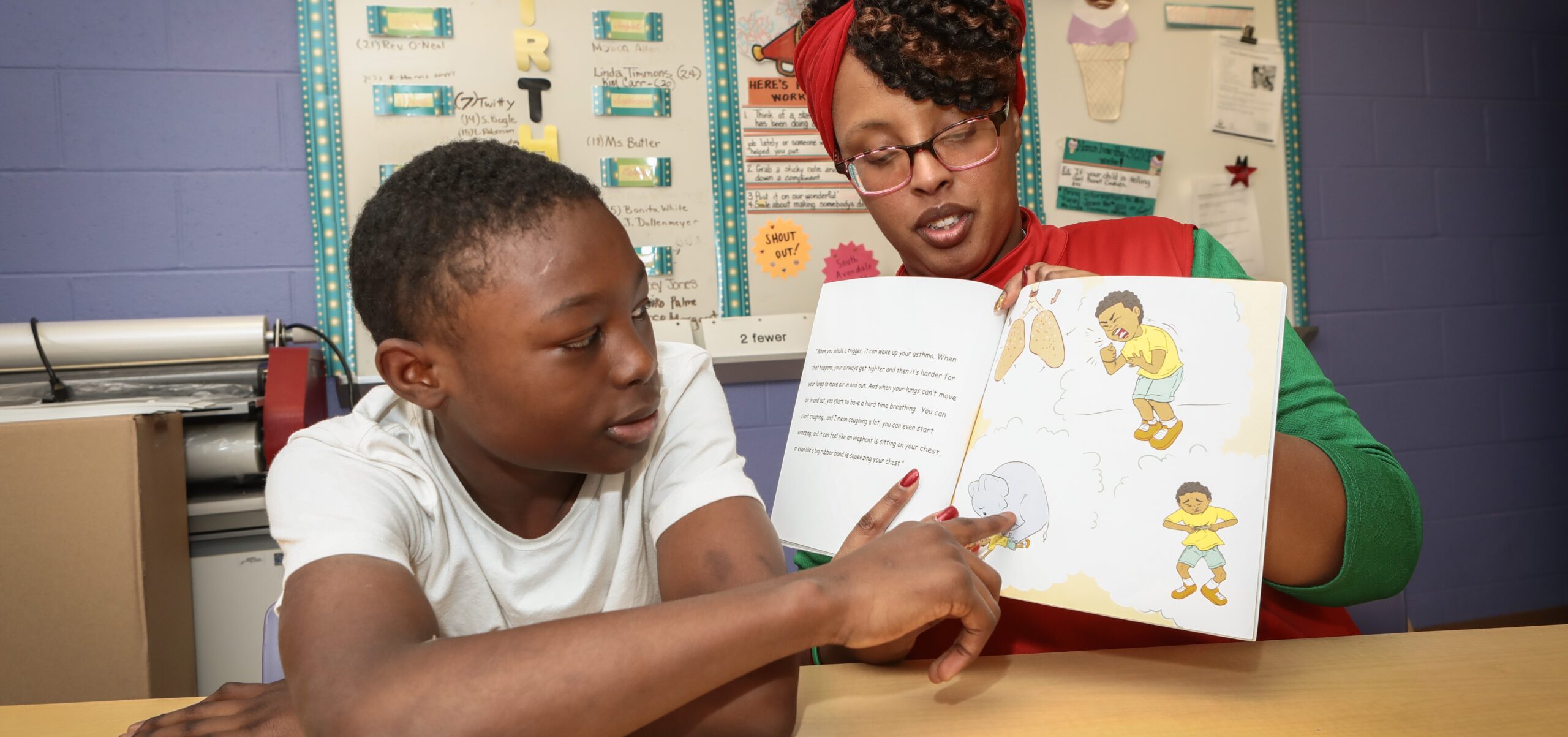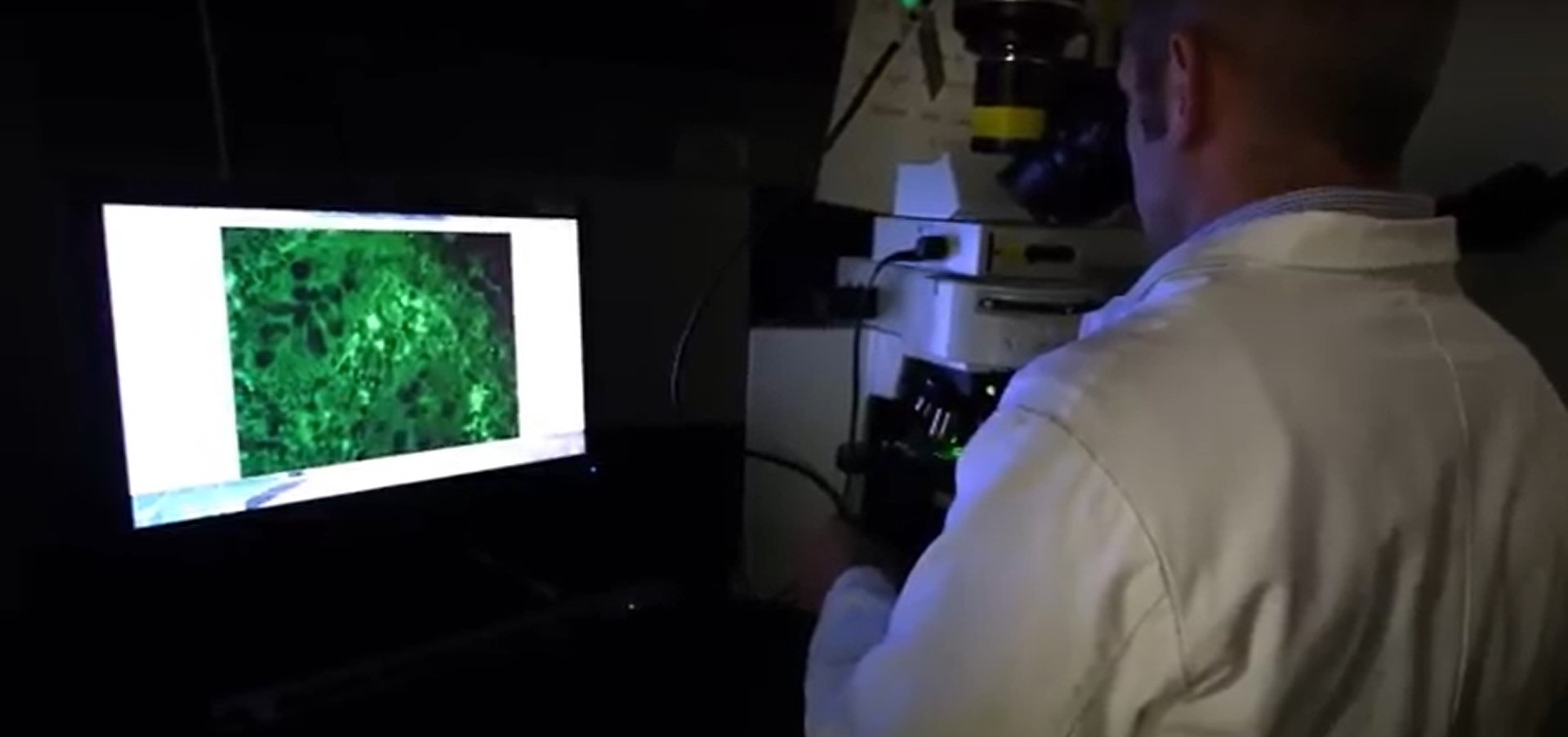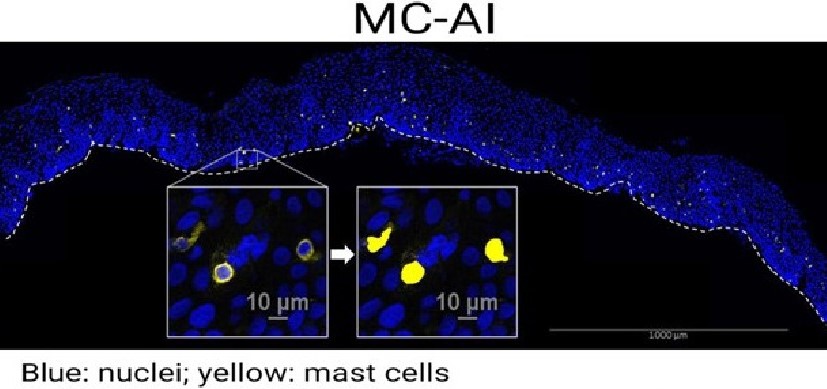How Social Disparities and Early-Life Air Pollution Exposure Drive Asthma Risk
Post Date: March 4, 2024 | Publish Date: Feb. 28, 2024

Exposure to air pollutants during the first three years of life are most strongly associated with increased asthma incidence by early and middle childhood–and children in minority families living in urban communities experience the impact at the highest rates.
These findings and more were detailed in a massive multi-center study published Feb. 28, 2024, in JAMA Network Open, that involved three scientists at Cincinnati Children’s.
The researchers analyzed data from more than 5,000 children born between 1987 and 2007, all of whom were participants in a diverse collection of birth cohorts assembled by the Environmental Influences of Child Health Outcomes (ECHO) Children’s Respiratory and Environmental Workgroup (CREW) consortium. One of the cohorts included in this study was the Cincinnati Childhood Allergy and Air Pollution Study (CCAAPS).
While nearly all people are exposed to air pollution, and past studies have reported that childhood exposures elevate asthma risks, this study was the first to document how early exposures to two key air pollutants (PM2.5 and NO2) vary significantly across a range of geographic, racial, ethnic and socioeconomic factors.
Among the 5,279 children included, 31.4% were Black, 15.8% were Hispanic, 48.4% were White, and 4.3% were other race or ethnicity. About 18% of the children had asthma by age 4, while nearly 25% had asthma by age 11.
Researchers found associations between higher air pollution exposure and several disadvantaged groups, including Black children, those living with with lower-educated mothers, as well as any child growing up in a census tract with high population density or low opportunity.
“For example, there was a significantly higher association between PM2.5 and asthma incidence by younger than 5 years of age in Black children compared with White children,” the study states.
The findings suggest a call to action to quell the rise of asthma in the United States.
“To our knowledge, this is the first multicohort study of air pollution and asthma in the US that focused on the independent and interacting environmental and social influences on the age and child life-stage of asthma onset, demonstrating heightening of early-life pollution effects by adverse community-level exposures,” the co-authors state. “Reducing asthma risk in the US requires regulation and reduction of air pollution combined with creation of greater environmental, educational, and health equity at a community level.”
Cincinnati Children’s co-authors on the study include: Patrick Ryan, PhD, Gurjit K. Khurana Hershey, MD, PhD, and Eneida Mendonça, PhD.
| Original title: | Early-Life Exposure to Air Pollution and Childhood Asthma Cumulative Incidence in the ECHO CREW Consortium |
| Published in: | JAMA Network Open |
| Publish date: | Feb. 28, 2024 |






